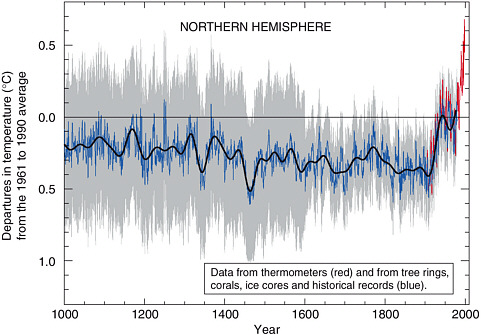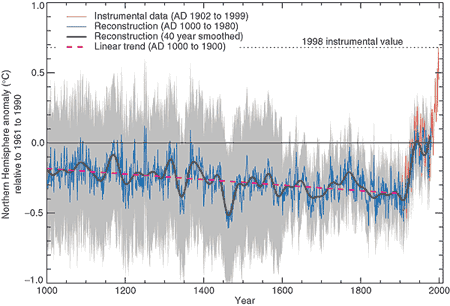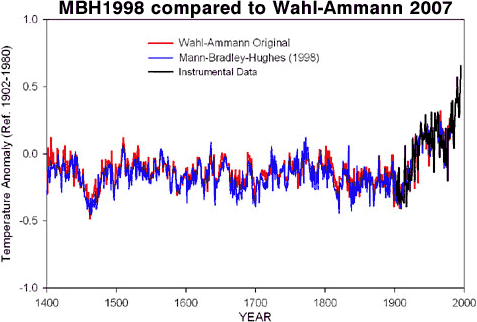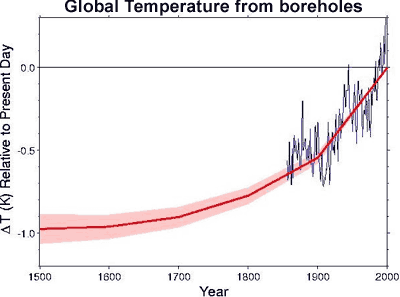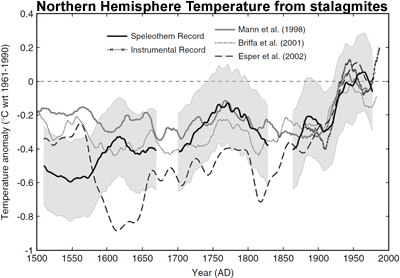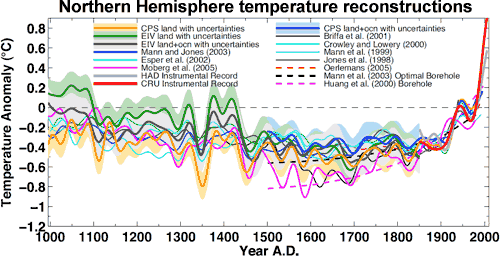Billy_Bob
Diamond Member
The fact the DATA POINT is in the middle of the plotted period (LIKE IT SHOULD BE) is shown by 5 year spans is not wrong... But he is incapable of figuring it out.. Go figure..And your incapable of reading anything...All your graphs show a hockey stick except the last, which is clearly not a 100 year plot, which shows 5 year steps from 1830 to 1870. You are caught lying yet again.Here is a little lesson for the fucktard...No, that's what it looks like when you simply photoshop the real graph!This is what it should (approximately) look like, properly pointed at 250 year resolution.
View attachment 190193
Edits in yellow highlight are mine
here is a daily plot.
View attachment 190375
Here is that same plot with 1 month plots..
View attachment 190388
now this is the 10 year plot..
View attachment 190379
here is a 100 year plot
View attachment 190380
This is what would occur if the Spatial Resolution's were contextual... Your whole warming....GONE...
THIS IS WHY HANSEN AND HIS ILK ARE LIARS...
Why don't you give it up?
A waste of my time and your parents time to boot...
Yeah he doesn't realize that he makes a fool of himself showing his massive inability to understand your dated plots. I am amazed that he can't see the obvious point you are making.




